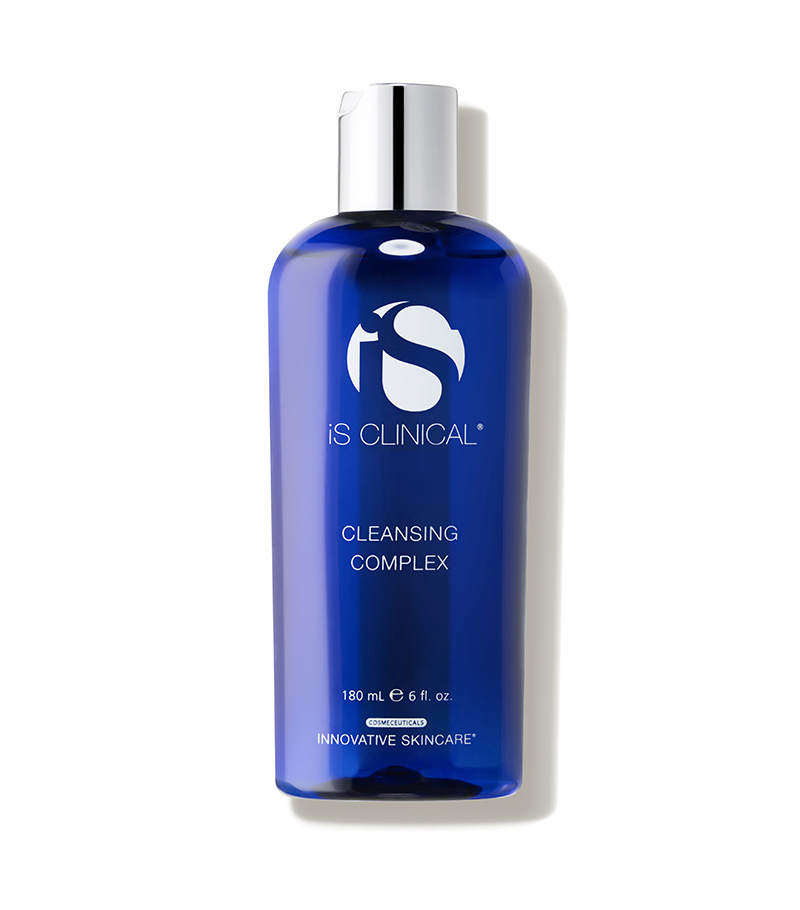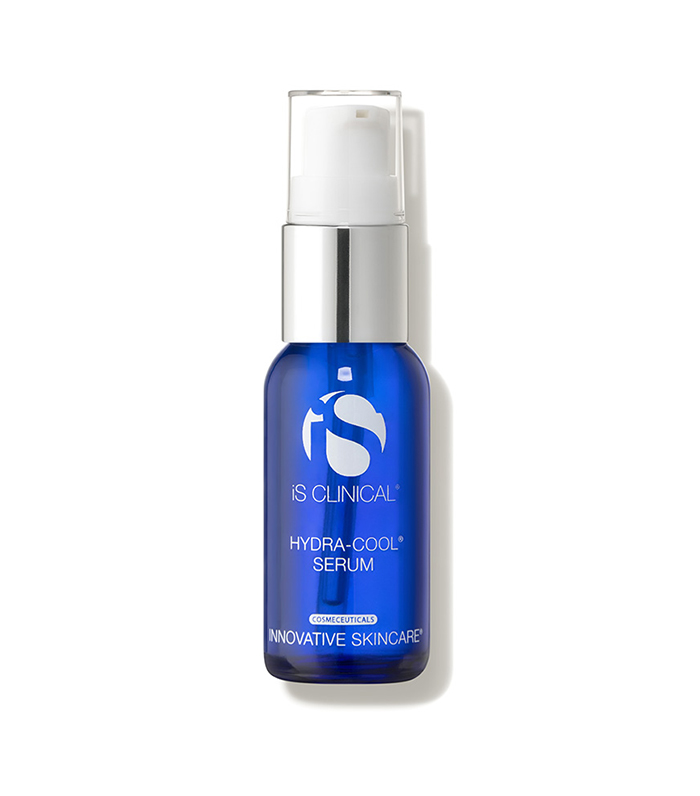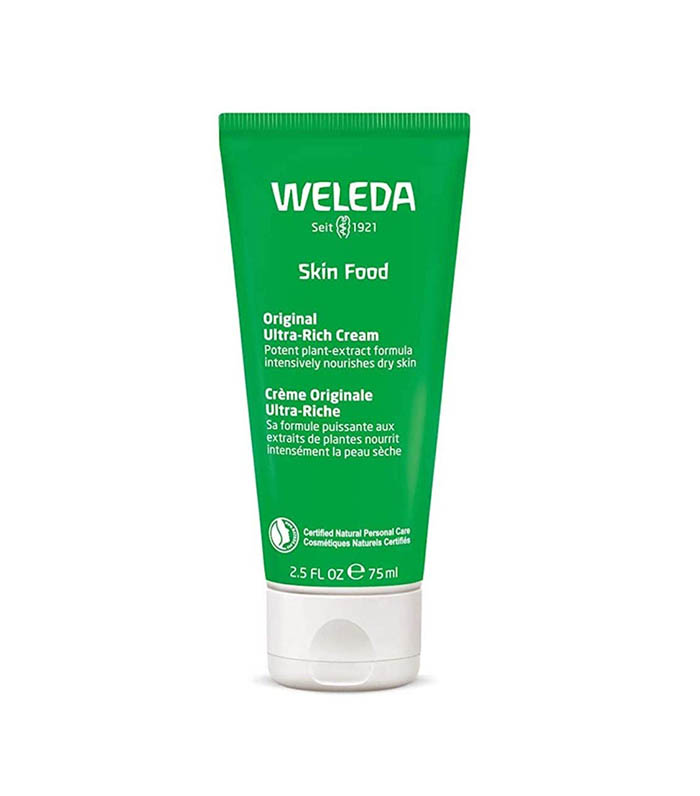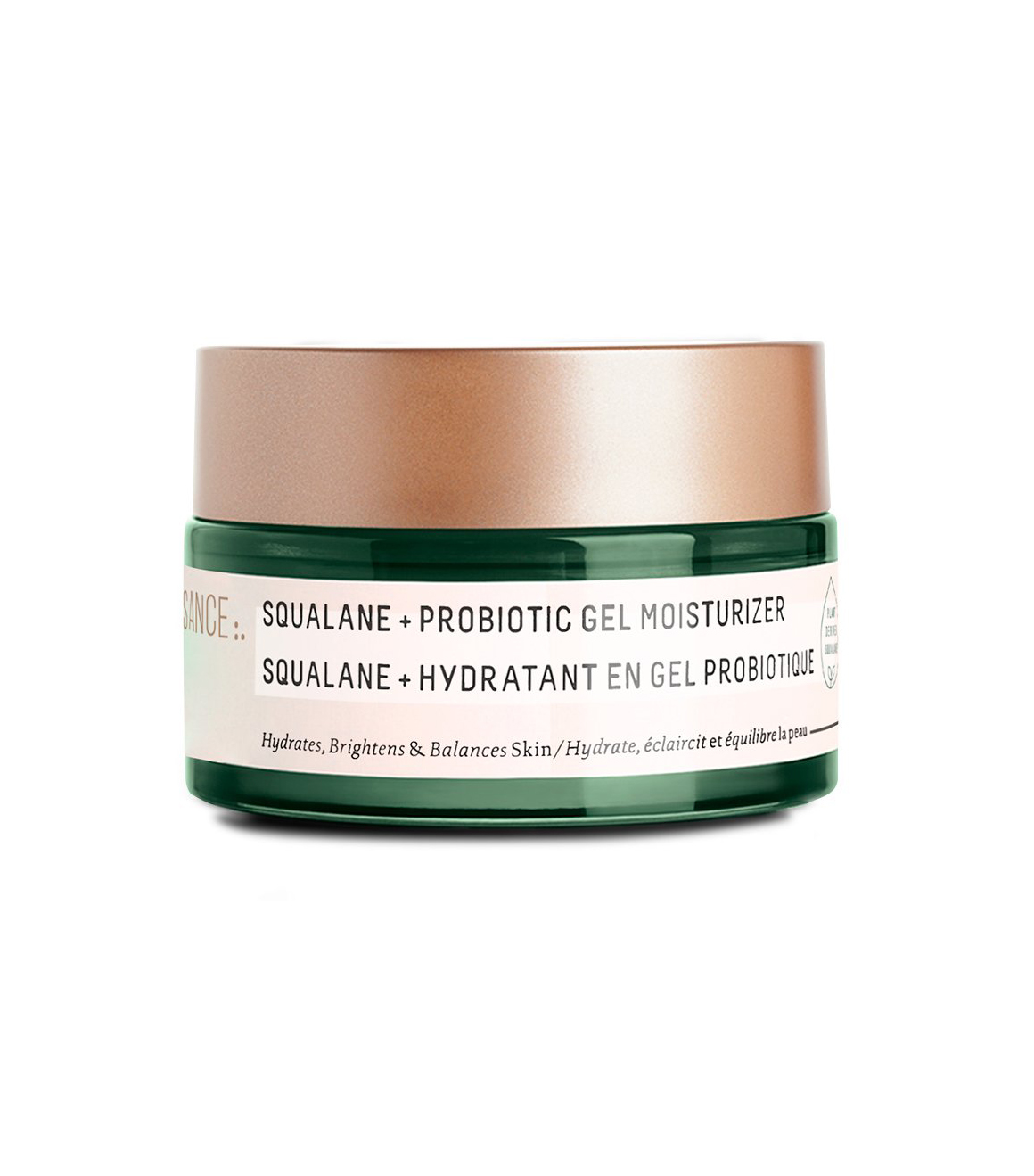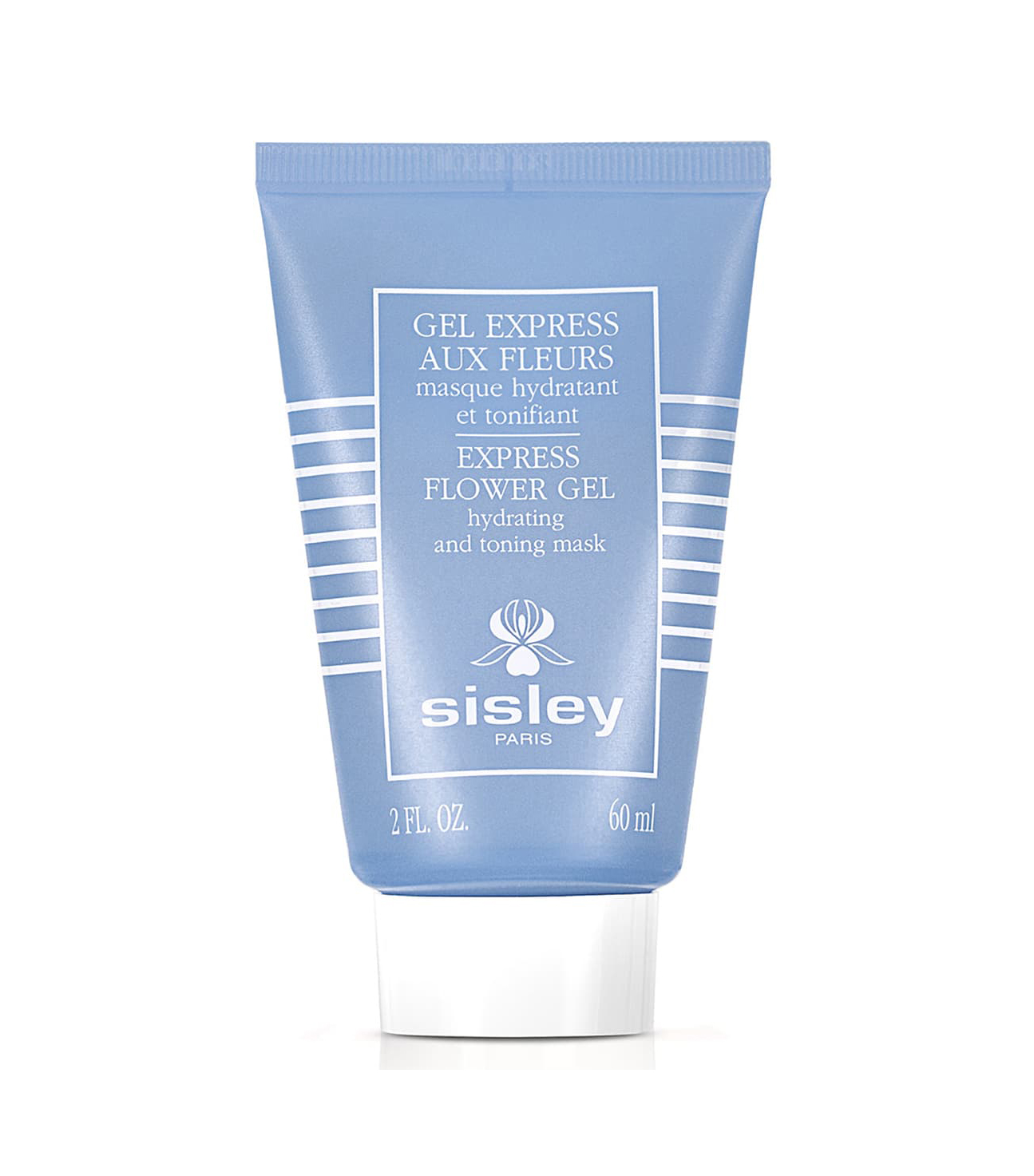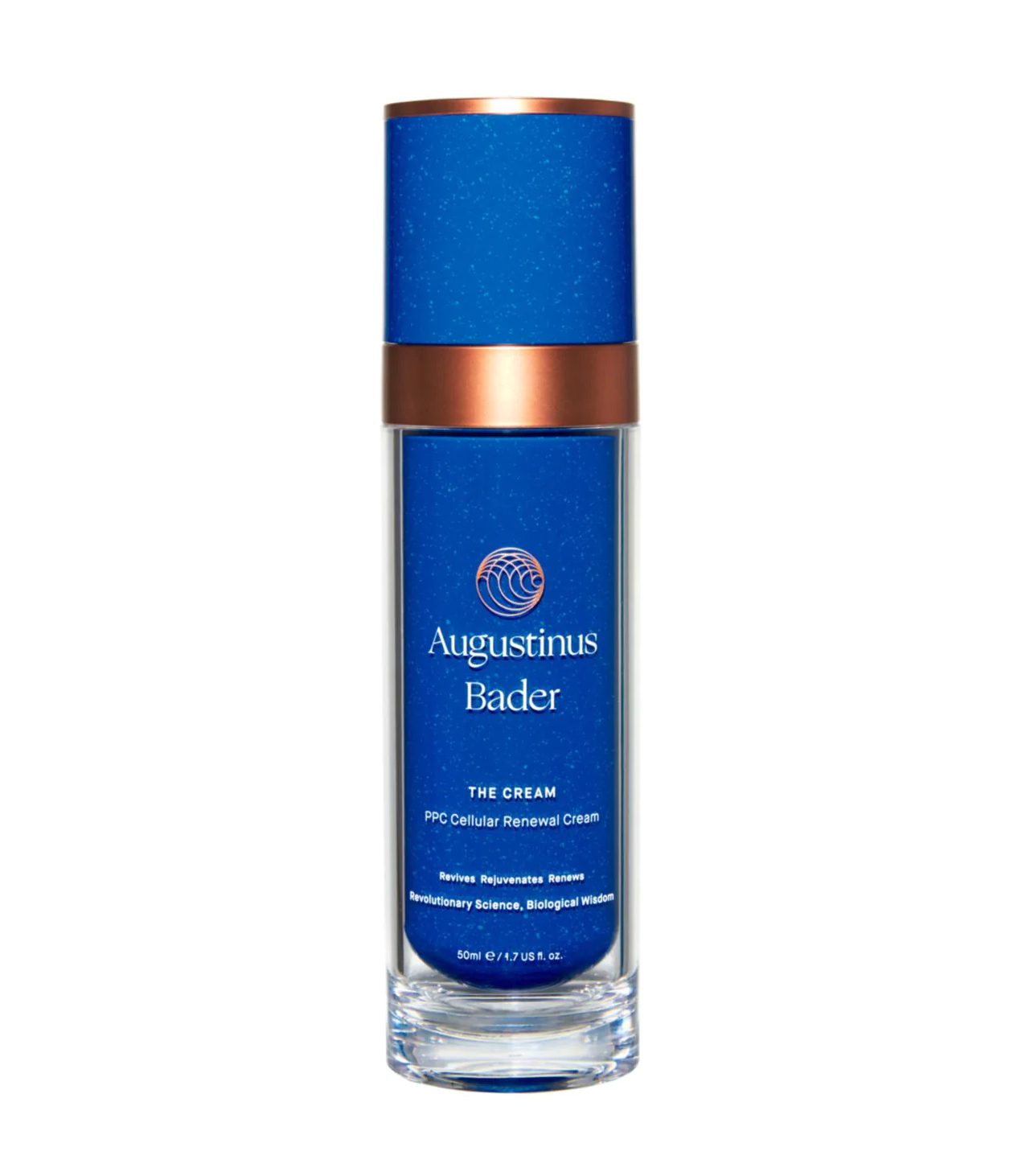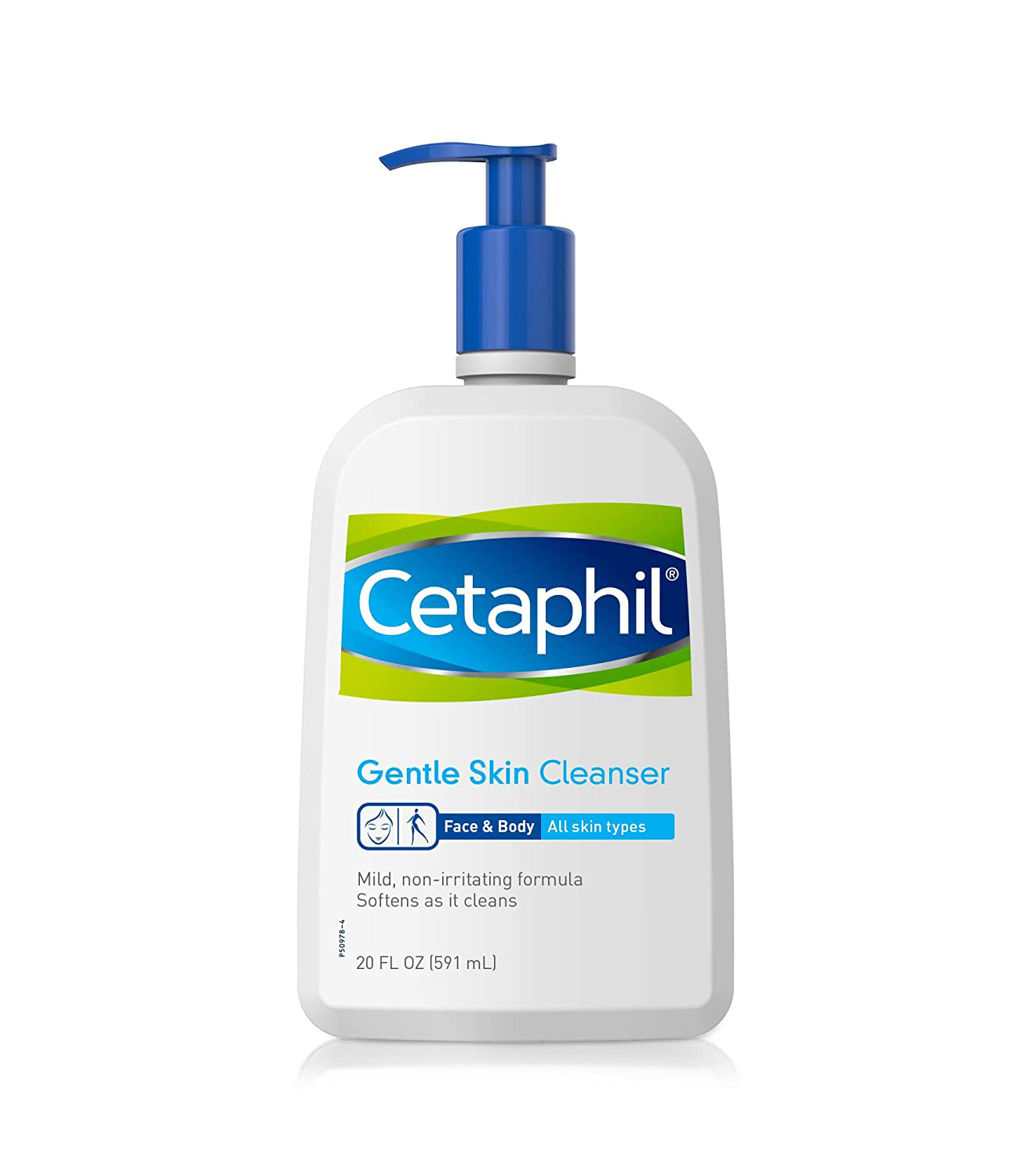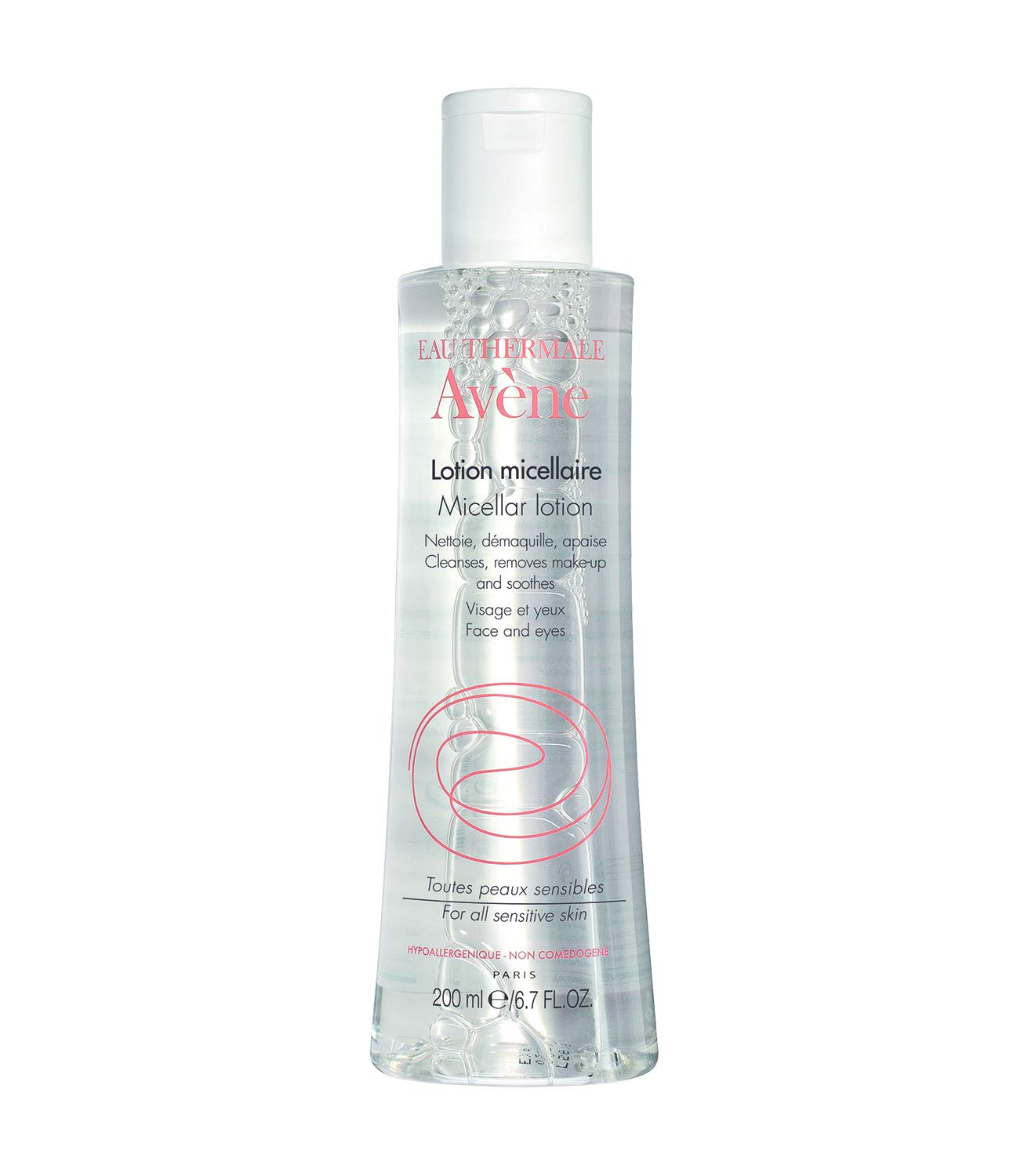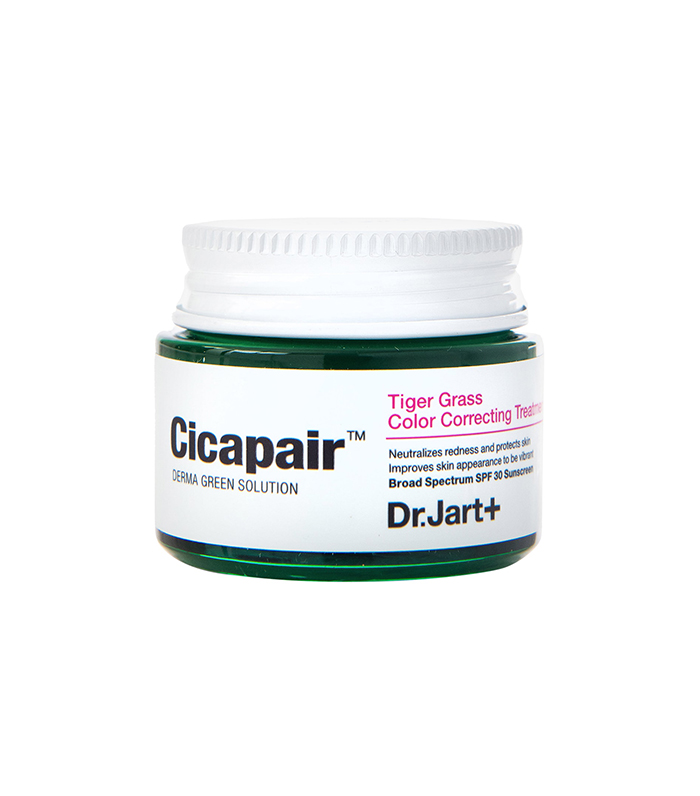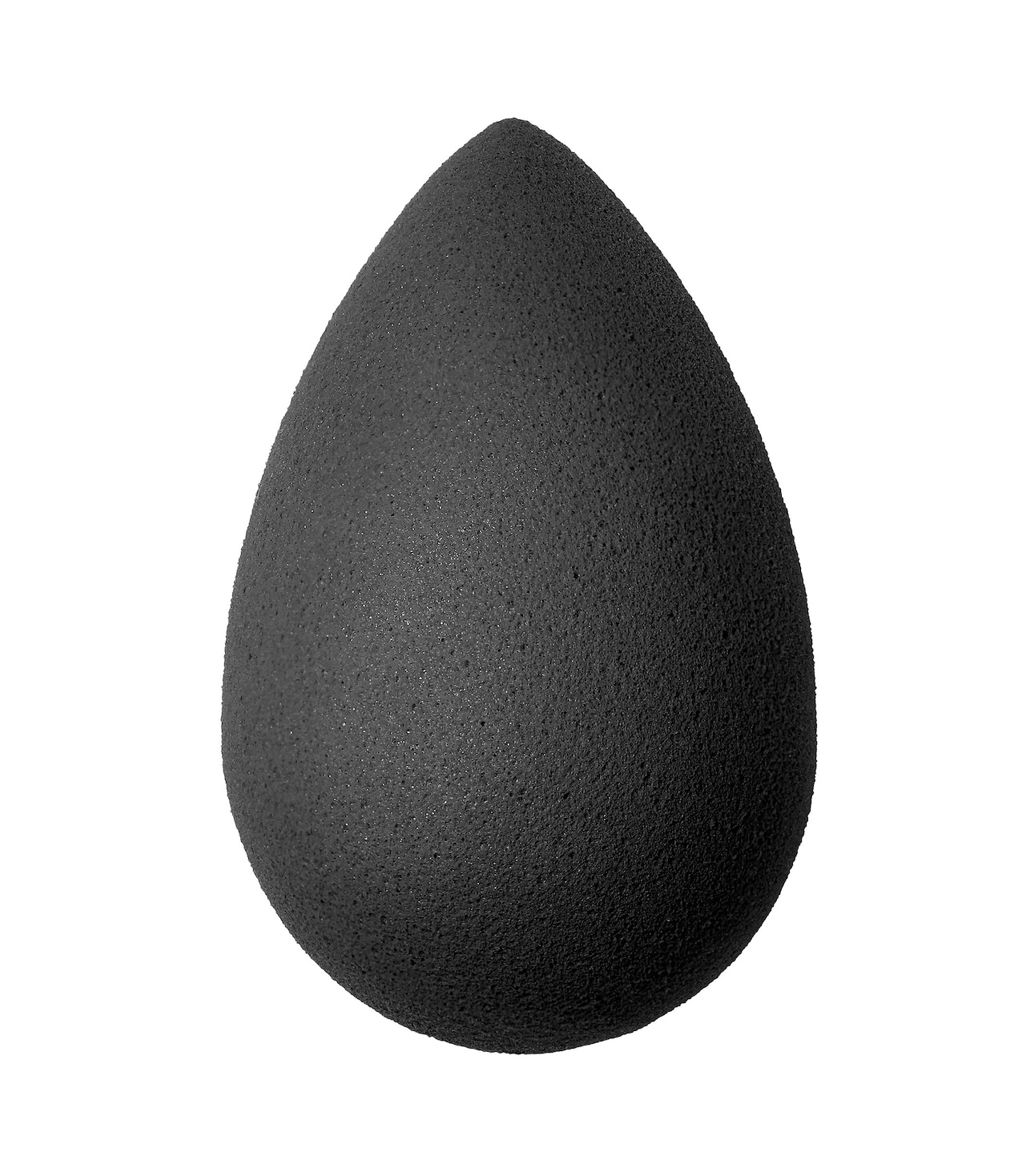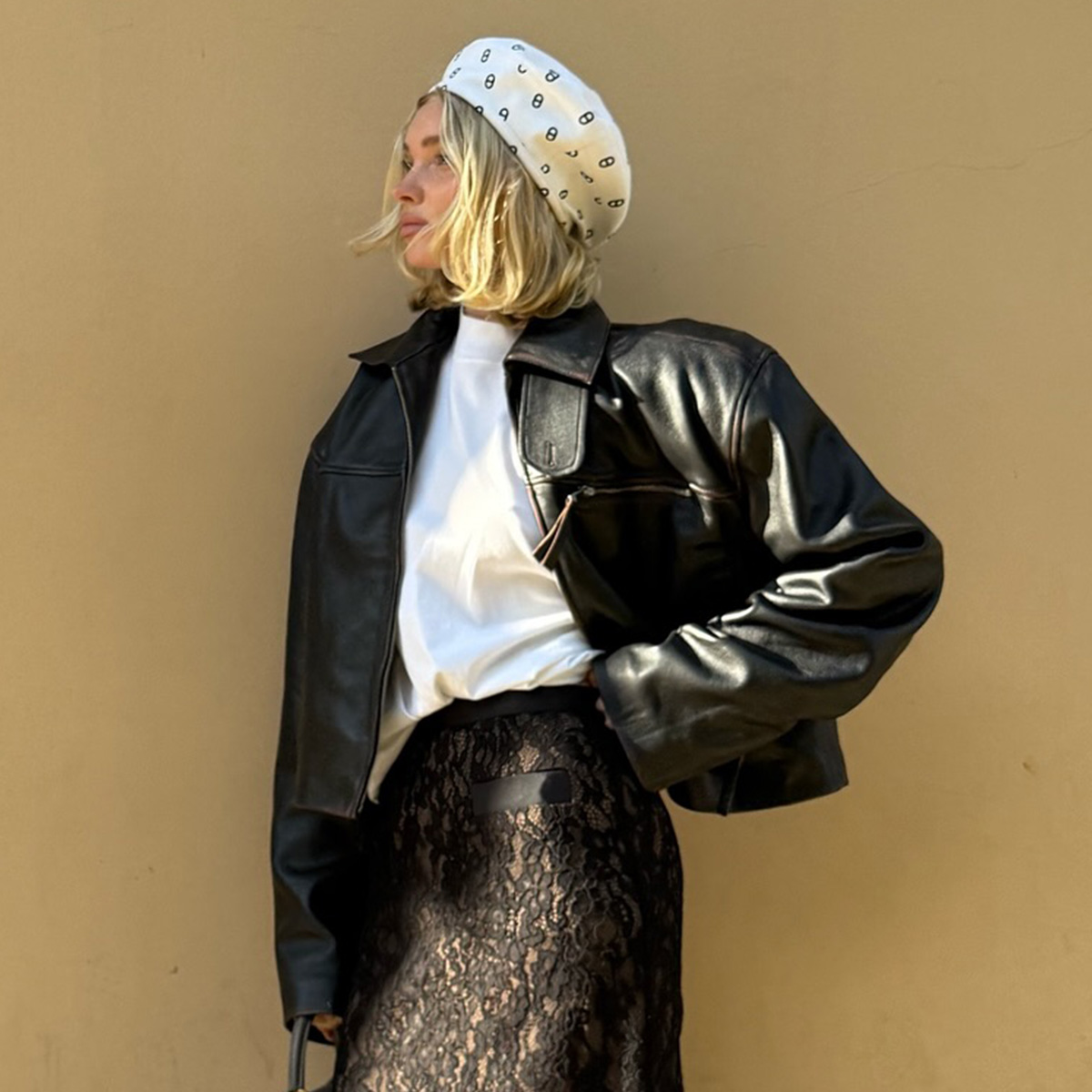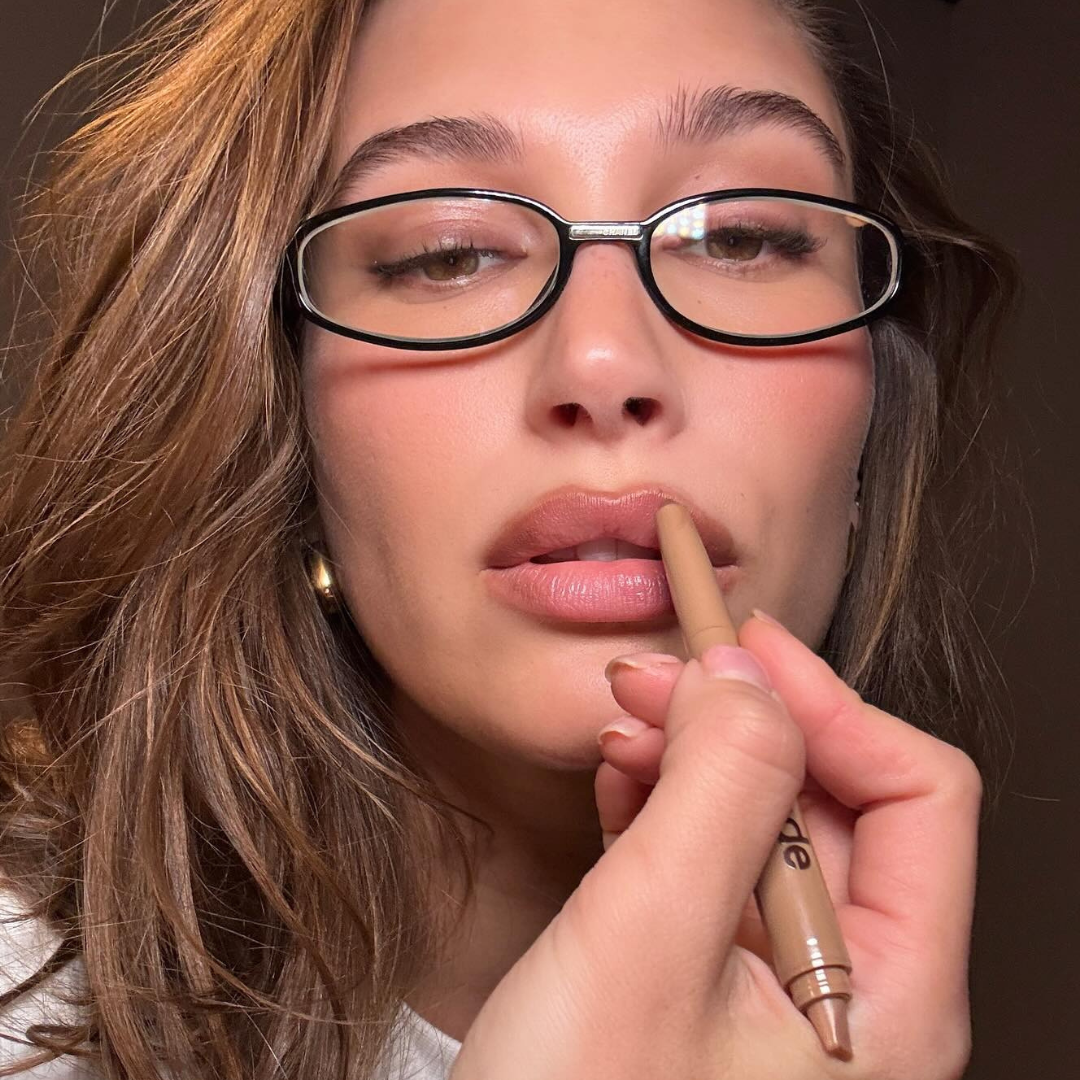Makeup Artists Swear By These 19 Foundations and Concealers for Redness
When you're dealing with redness, the way you apply makeup and which products you choose can make a big difference. You want to conceal, but you don't want to cake the concealer or foundation on. The ultimate end goal is an effortless, natural look. Like, redness who?
If you deal with this on a regular basis, you might already have your tried-and-true products and shortcuts, but if you're still trying to figure it out, don't worry. I turned to the people who know how to mask redness like no other—makeup artists—for their trade secrets.
How to Prep Skin

The most important step is the one at the very beginning: skin prep. Because sensitivity or irritation causes redness, you're going to want to avoid doing anything to aggravate the skin and prioritize calming and soothing it. This is how each makeup artist would prep the skin before applying makeup:
Georgie Eisdell: The Los Angeles-based makeup artists, whose clients include Sophie Turner, Alicia Vikander, and Carey Mulligan, recommends using a cream cleanser or a gentle gel cleanser first, like IS Clinical's Cleansing Complex. To settle any irritation or calm redness, she likes to use IS Clinical's Hydra-Cool Serum. To finish the prep process, she likes Weleda's Skin Food or Biossance's Probiotic Gel Moisturizer to reduce the redness and balance out the skin.
Emily Cheng: For prep, Cheng, whose clients include Yara Shahidi and Julia Garner, likes Furtuna's Micellar Essence, Sisley Paris's Flower Gel Express Mask, and Augustinus Bader's The Cream. She says all are very gentle and soothing. Use a light touch to massage in products.
Lisa Aharon: The New York City-based makeup artist, whose clients include Rachel Brosnahan and Camila Mendes, likes to use gentle, fragrance-free products with minimal friction, like Cetaphil's Gentle Cleanser or Avène's Micellar Lotion, for cleansing. For color correction and soothing, she recommends the Cicapair line from Dr. Jart+. "A green- or blue-tinted moisturizer for a little color correction is always an option," she adds. "But a simple moisturizer that restores the skin's natural skin barrier, calms, and has soothing properties would be my next and only step. Keeping things minimal so as not to aggravate the skin is key here!"
Best Foundations, Concealers, and Primers for Redness
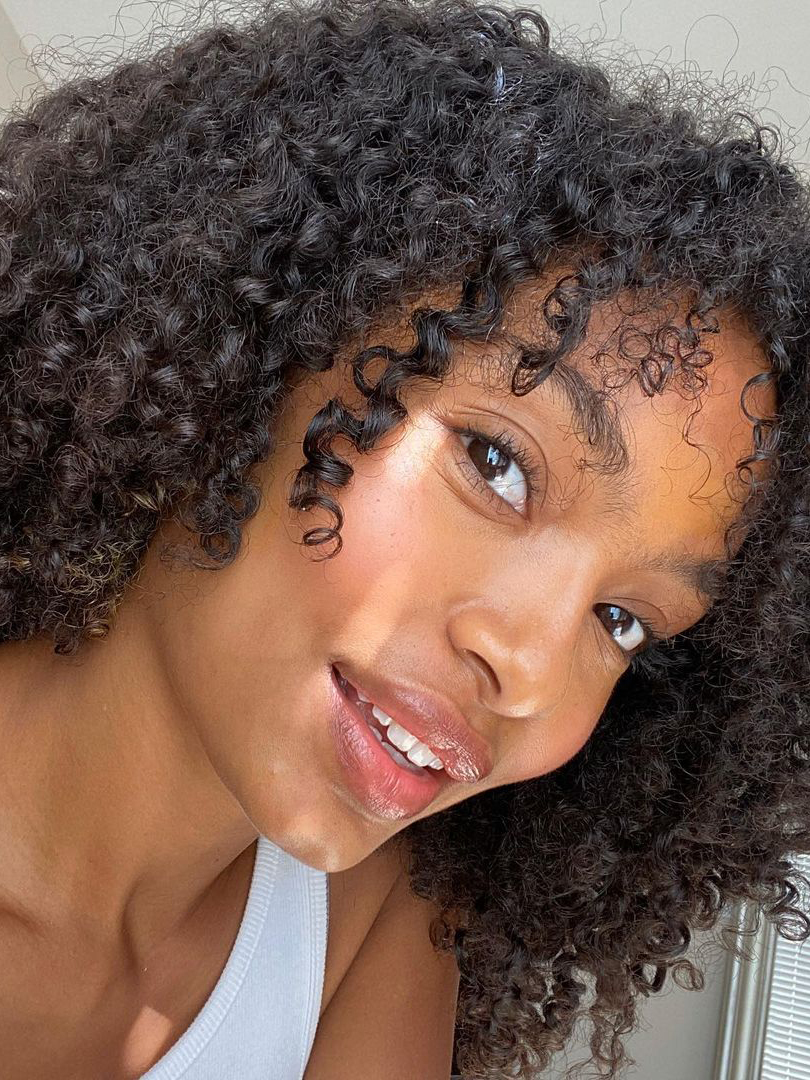
When it's time for the big moment—concealing the redness—there are a couple of options. You can go with a concealer or color corrector to spot treat, or you can opt for a foundation if you have a larger area to cover. A primer can work as a base to deal with redness and smooth skin before you apply the rest of your makeup. Take a look at some product recs.
Concealers
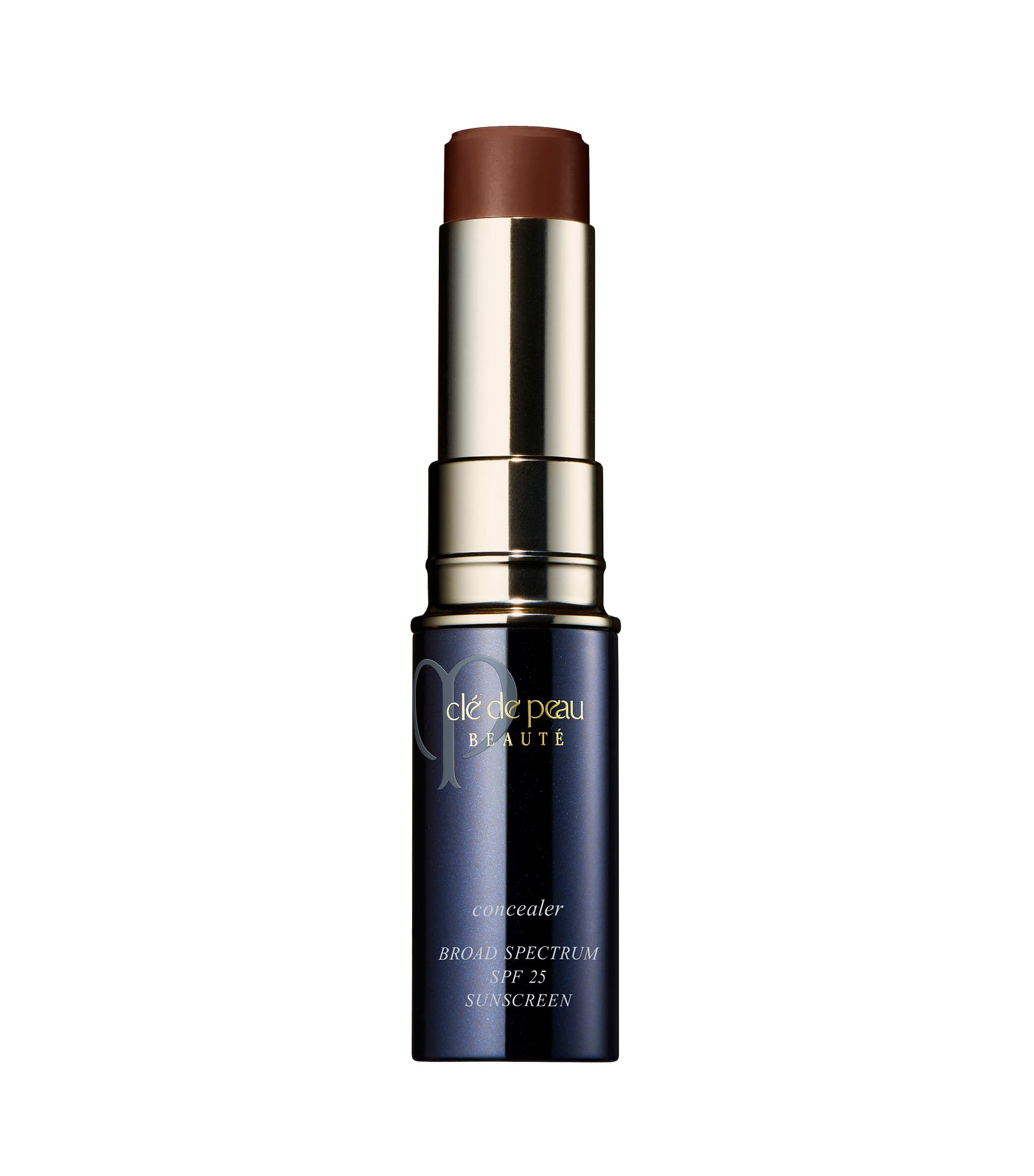
Cheng says this concealer is very pigmented and buildable. It also has broad-spectrum SPF 25 protection.
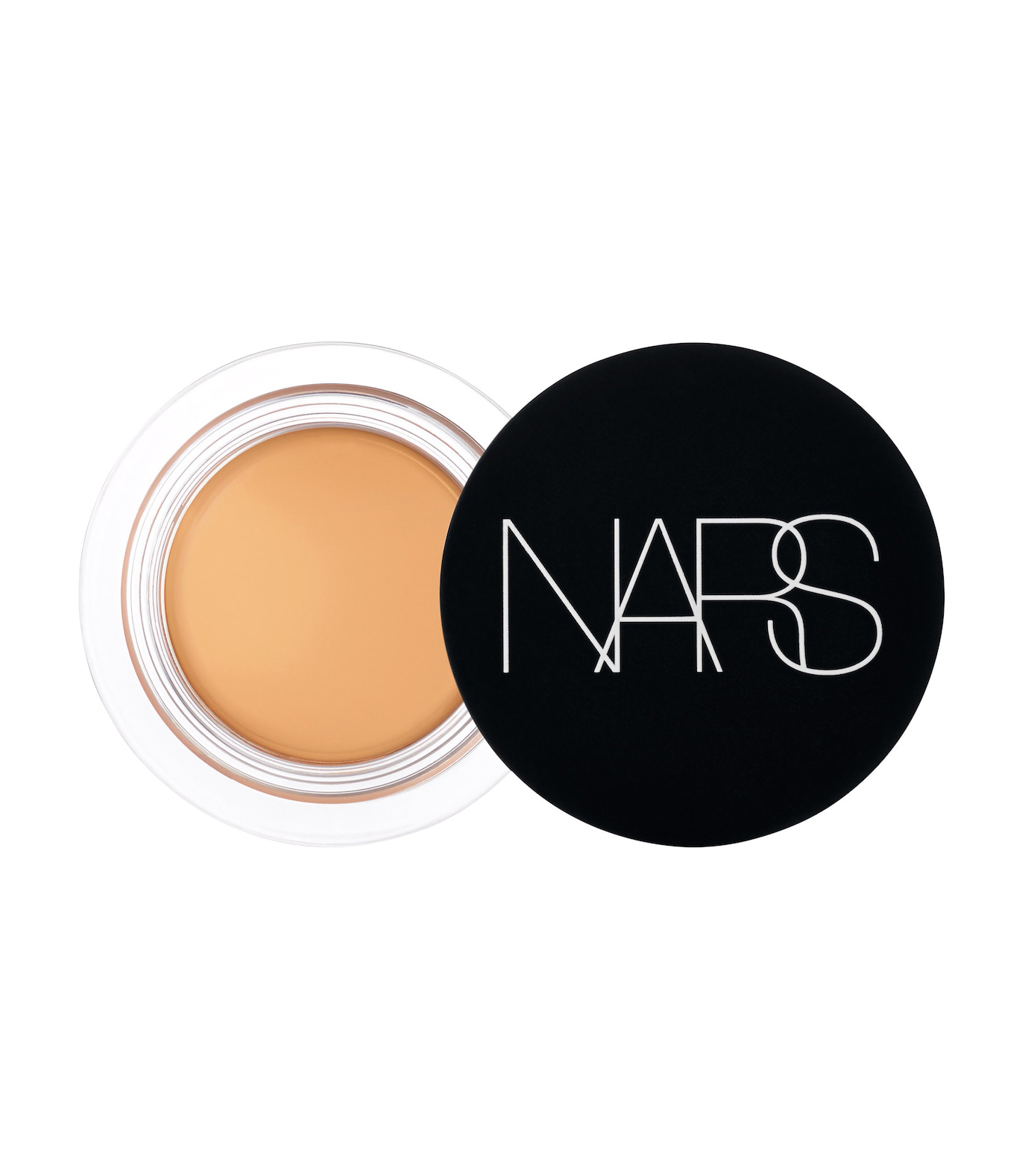
"I like to start with pressing concealer into the areas that need it most and blend out to balance the rest of my complexion," Aharon explains. "A foundation brush works well for patting and blending concealer without pulling on the skin." She recommends this full-coverage and oil-free concealer from Nars.
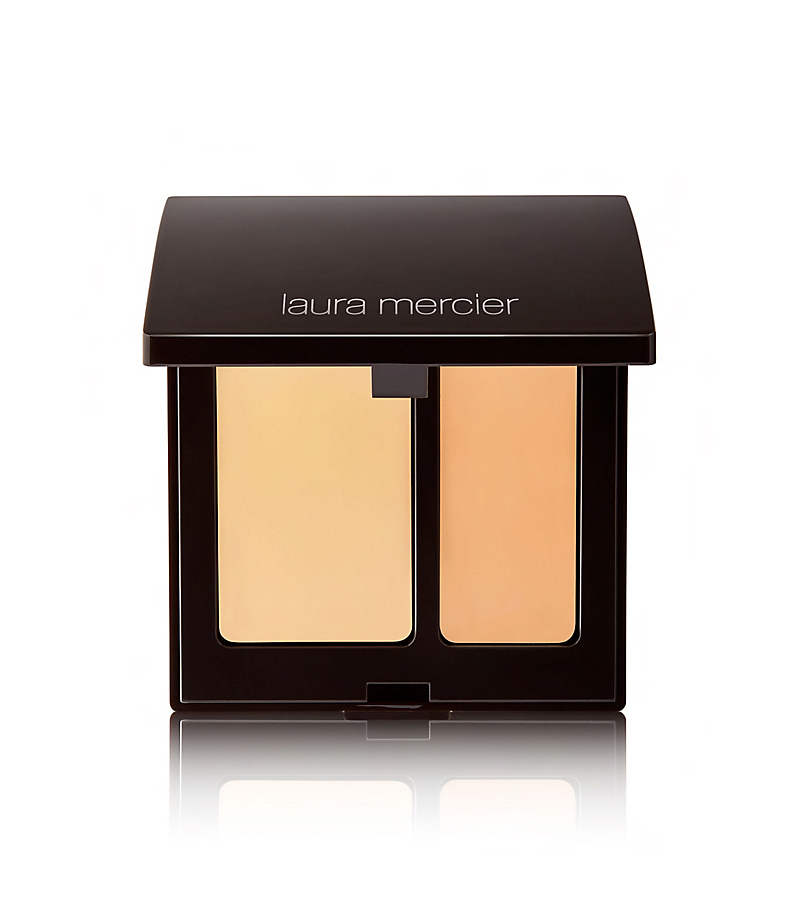
Eisdell recommends using this concealer for additional coverage after using a tinted moisturizer or foundation. It has two shades, so you can blend and mix and match, depending on your skin tone.
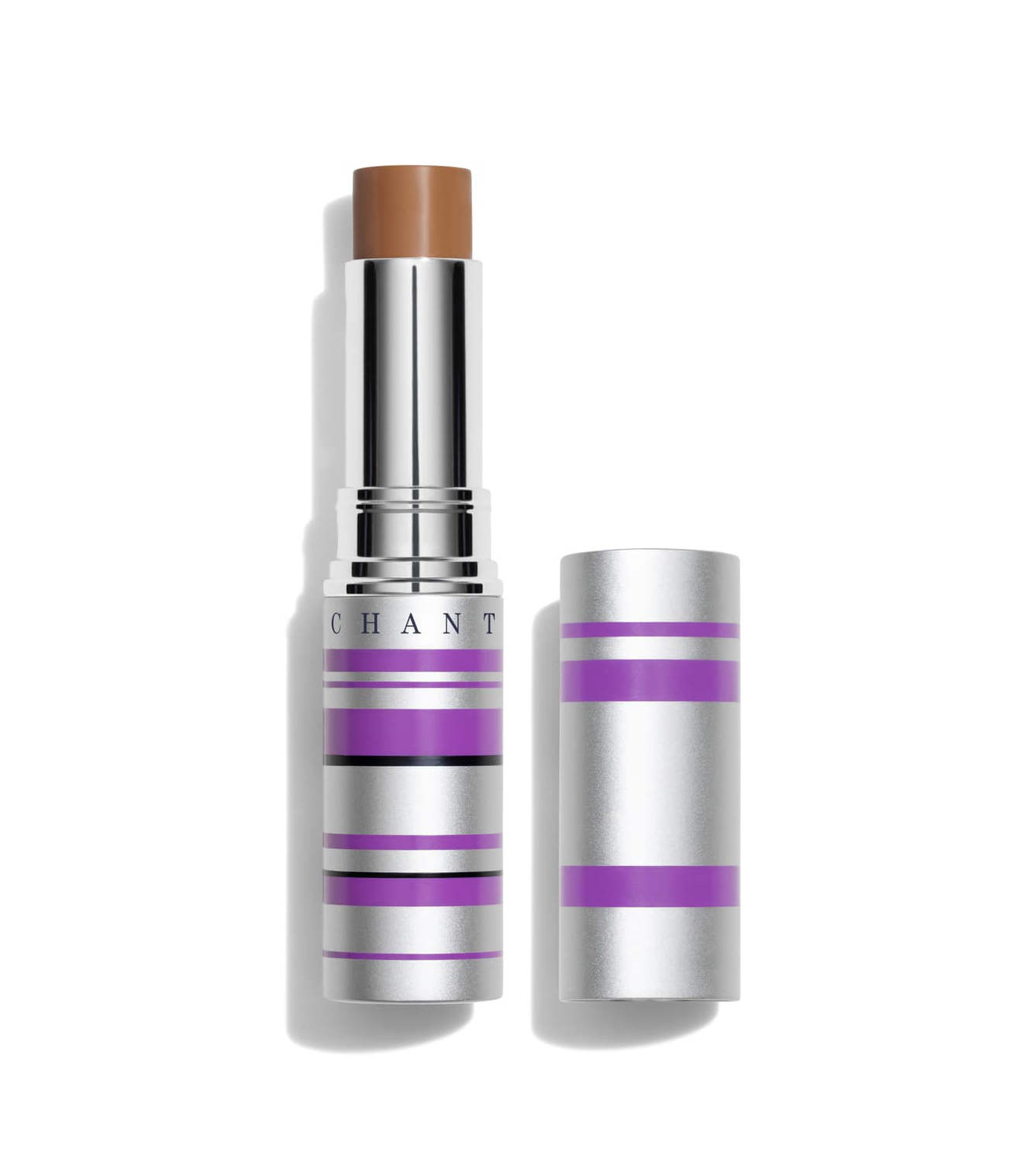
Another concealer rec from Aharon, it's lightweight and creamy and includes hydrating and anti-aging ingredients like raspberry stem cell and hibiscus extracts.
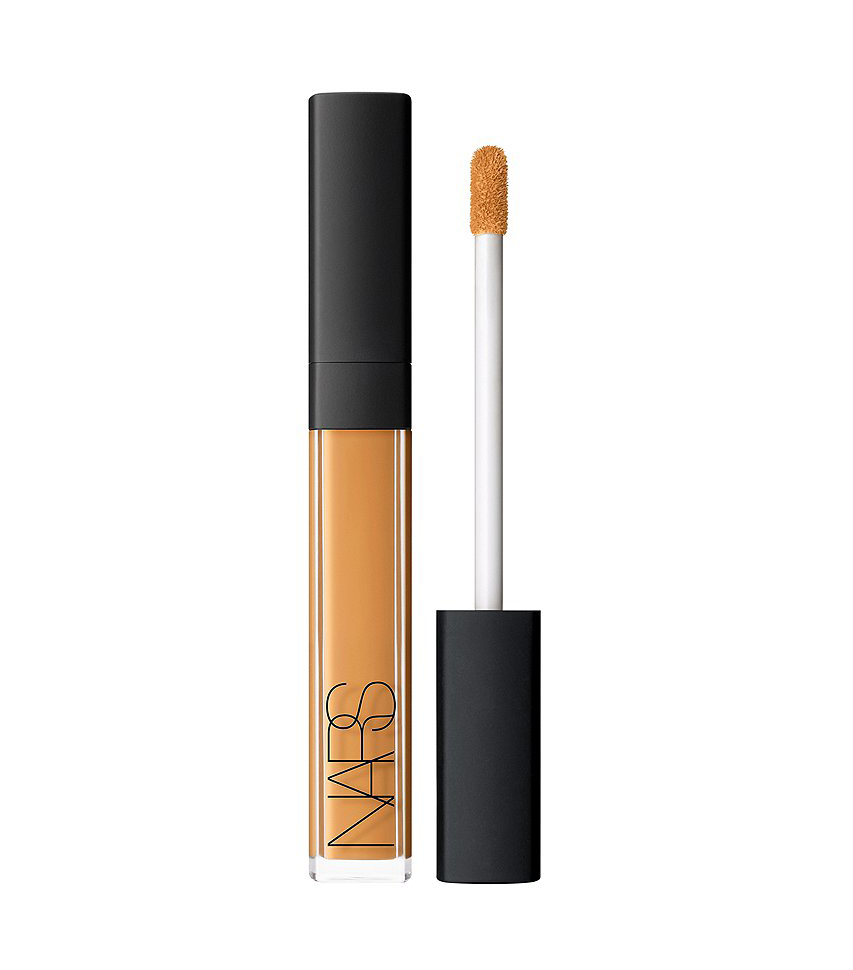
Cheng likes the texture of Nars's concealer: "It leaves the skin looking super natural and is also buildable."
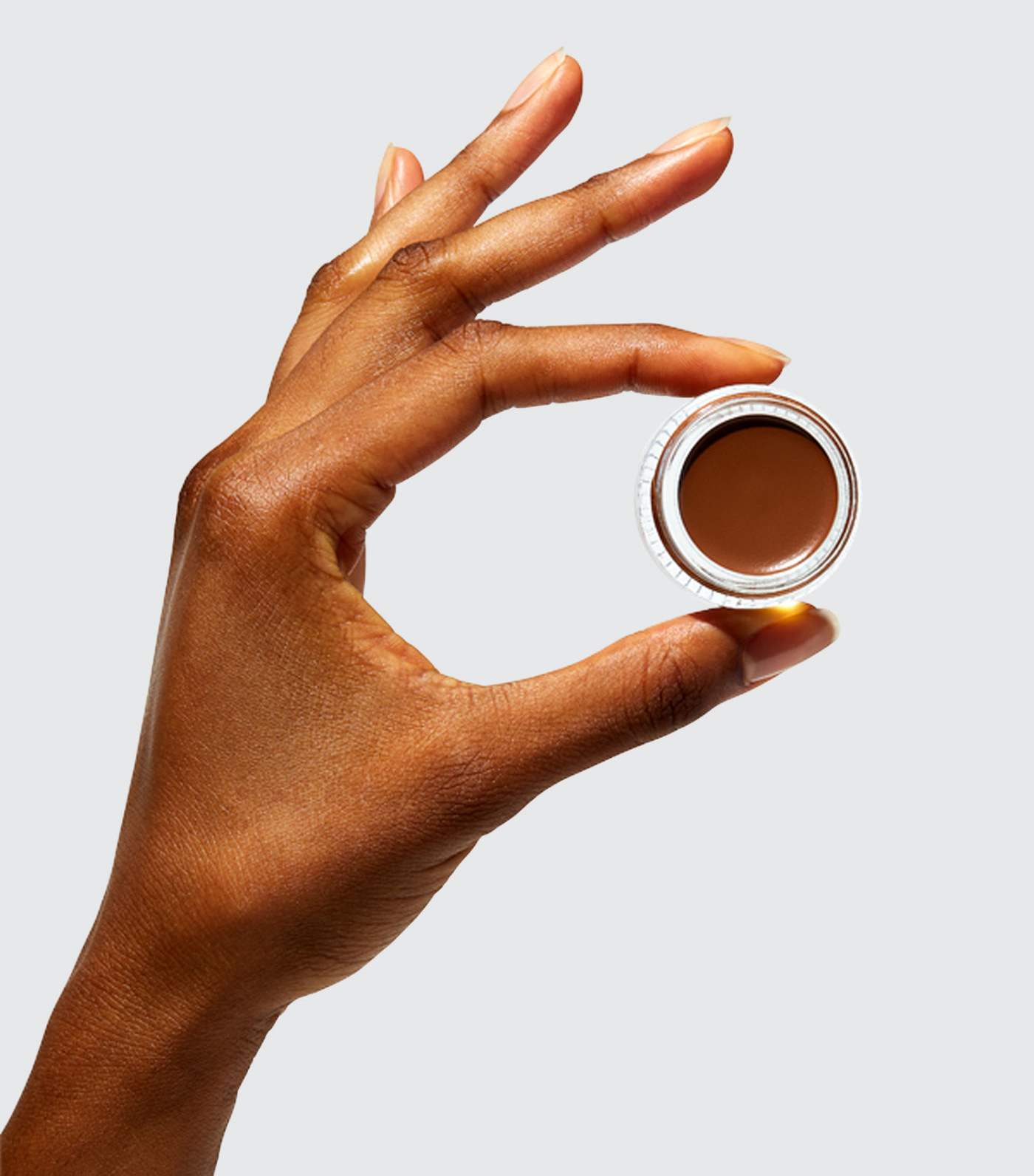
This is another pick from Aharon. Glossier's concealer doesn't leave your skin feeling stiff or looking cakey, and it leaves a dewy finish. It's formulated with avocado and jojoba oils and cocoa butter to nourish the skin.
Foundations
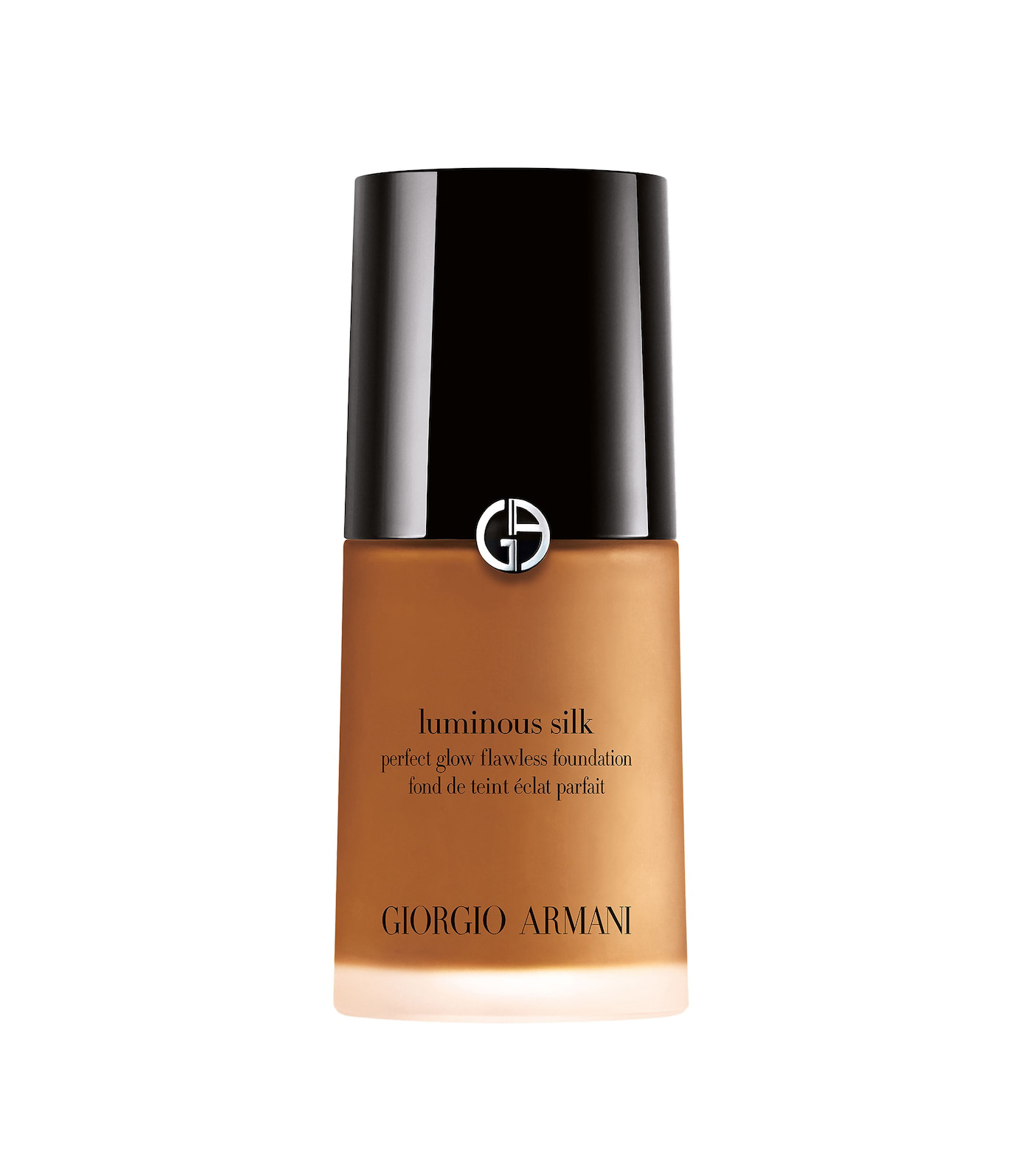
Both Cheng and Eisdell vouch for this foundation. The formula is oil-free and provides buildable, medium coverage. It will leave your skin with a glowy finish.
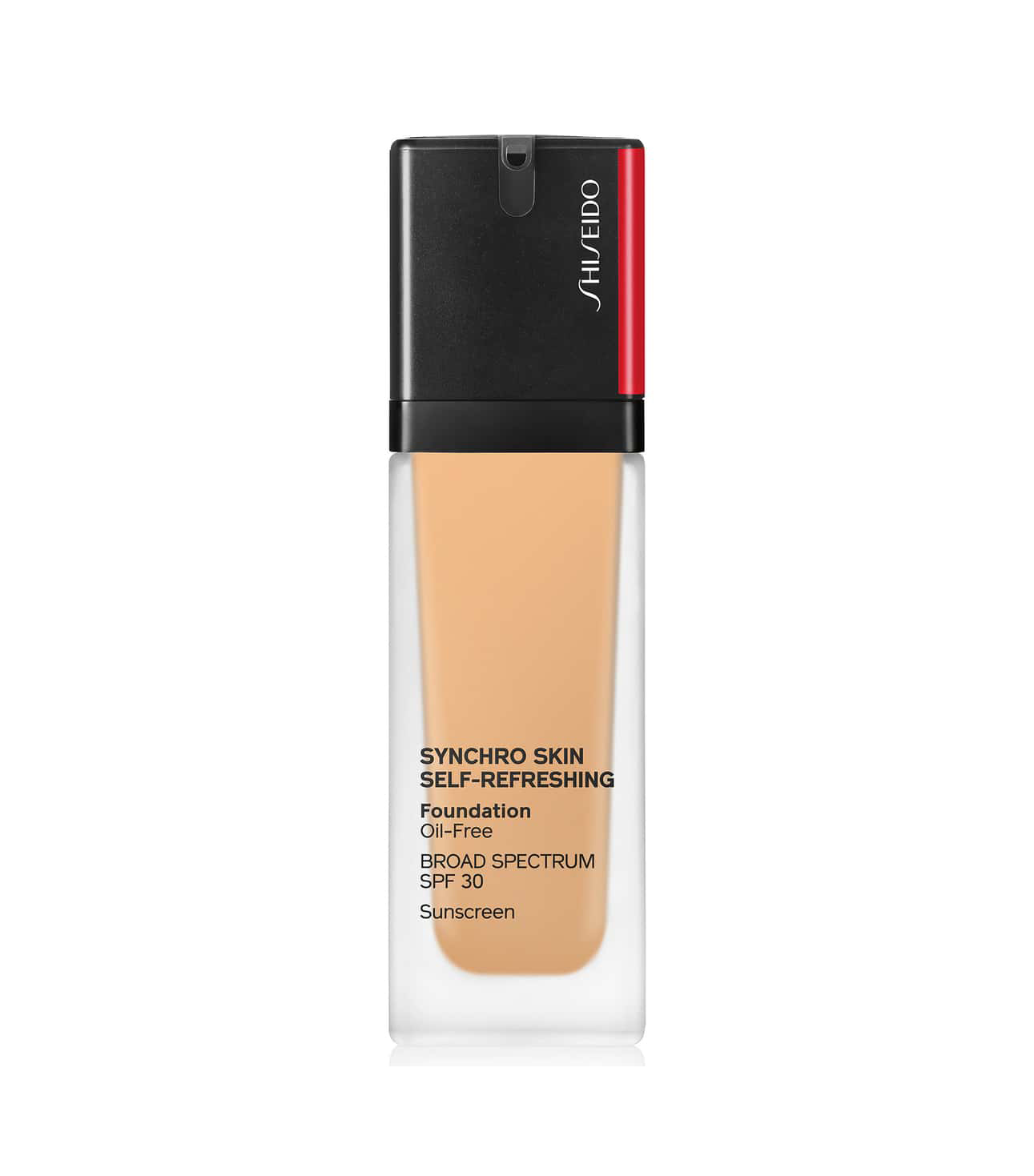
Cheng also suggests Shiseido's foundation, which she says has a skin-like texture and great olive color range and is buildable.
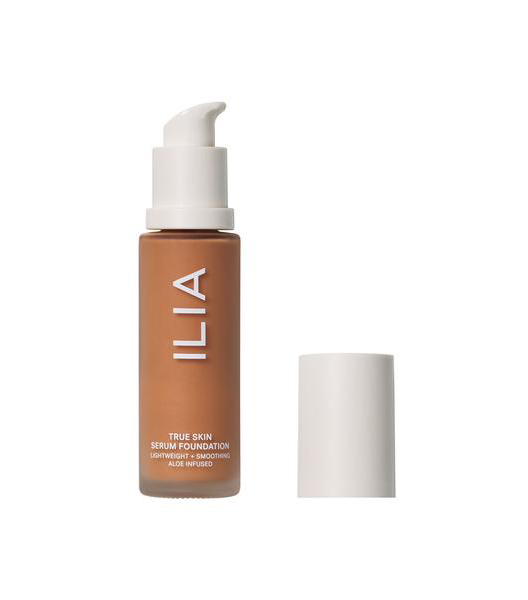
Aharon recommends this serum foundation, which is extra creamy and smooth. It has medium coverage and leaves a satin finish. Plus, your skin will benefit from nourishing ingredients like aloe leaf, rosehip, jojoba, and marula oils.
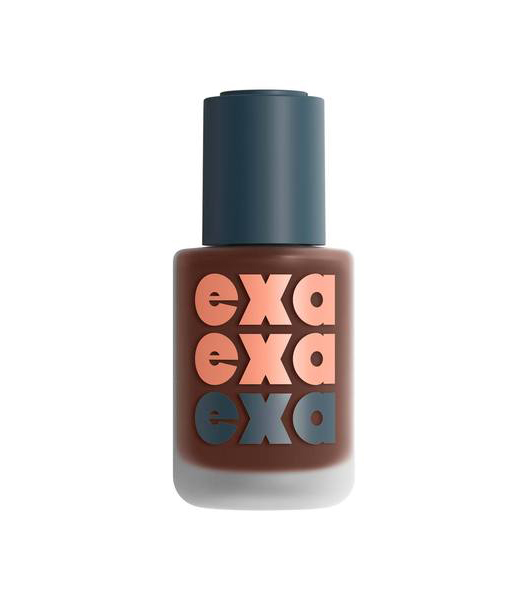
Eisdell says this clean foundation is perfect if you are looking for a little more coverage: "The pigment is dense, so you don't need as much to cover the face."
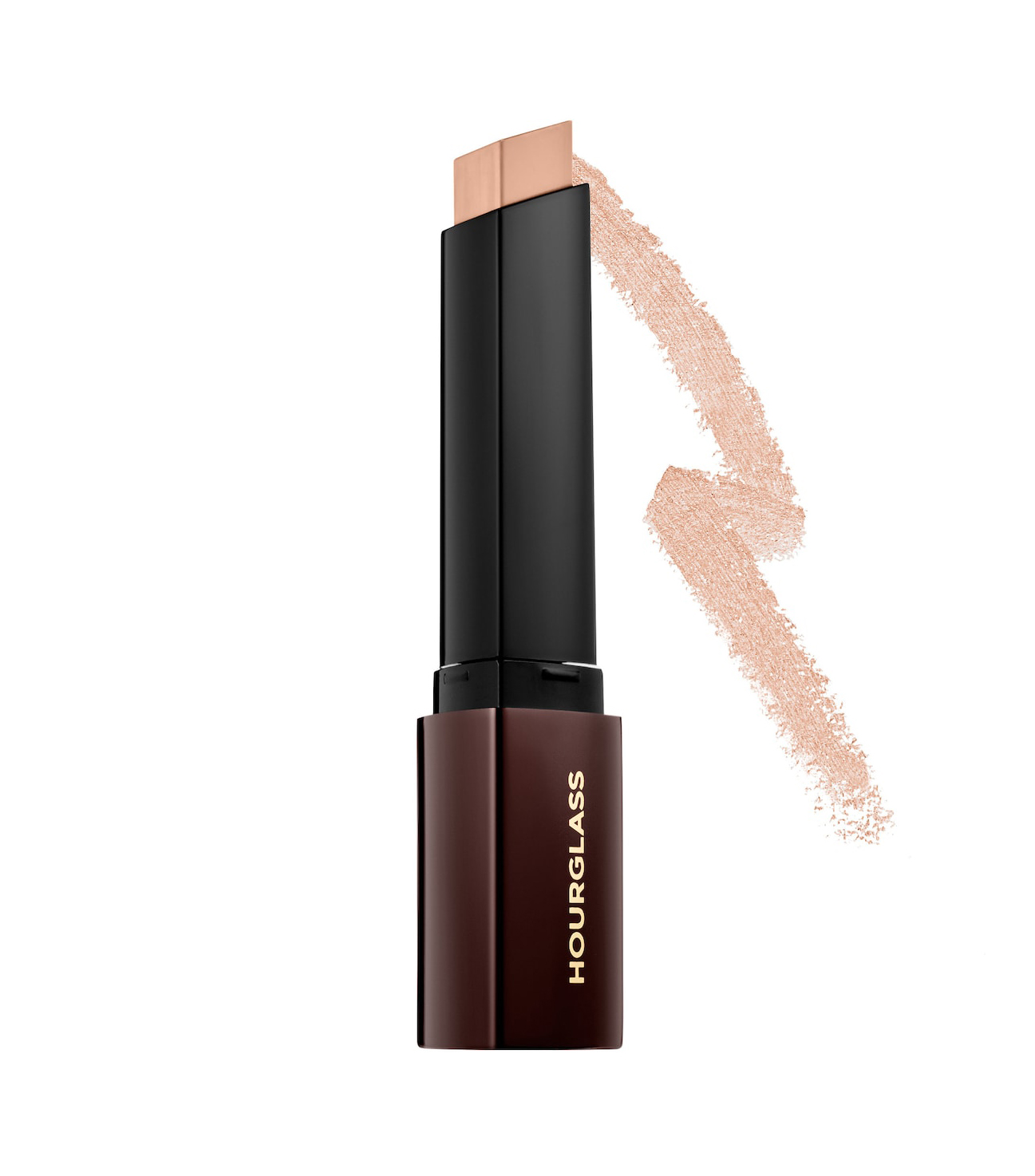
This foundation stick is waterproof, long-lasting, and full coverage. "Start with a small amount of product over the reddest areas, build, and blend outward as needed," Aharon says.
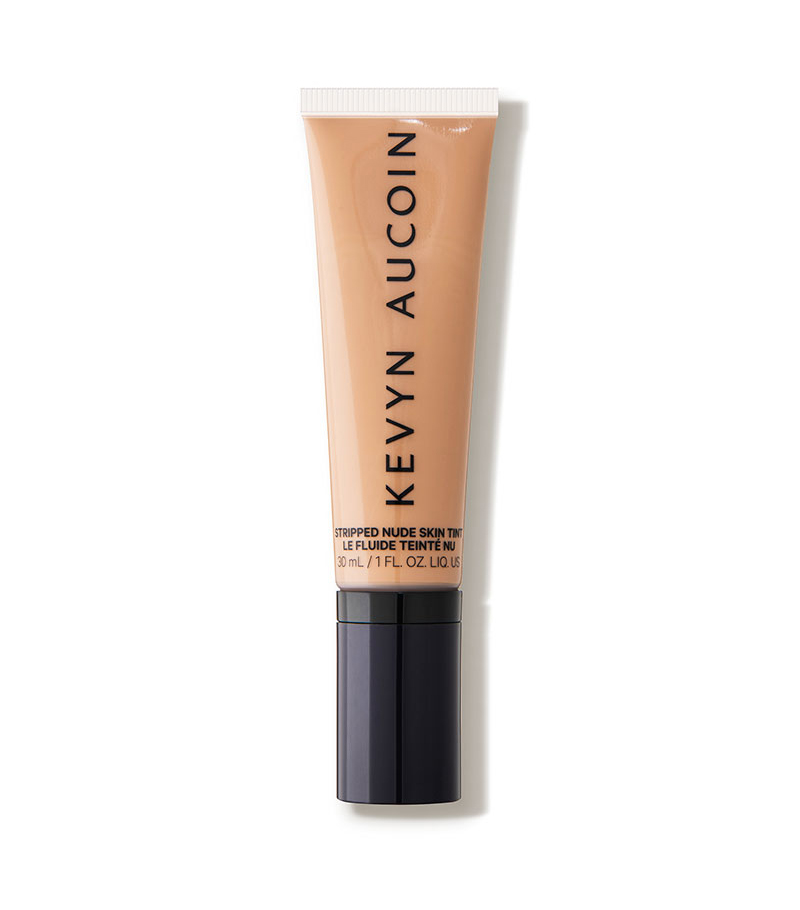
Kevyn Aucoin's foundation is another Eisdell favorite. It's long-lasting yet breathable. It's formulated with butterfly bush flower extract, which protects against free radicals, hyaluronic acid to smooth, and evodia fruit extract for radiance.
Tinted Moisturizers
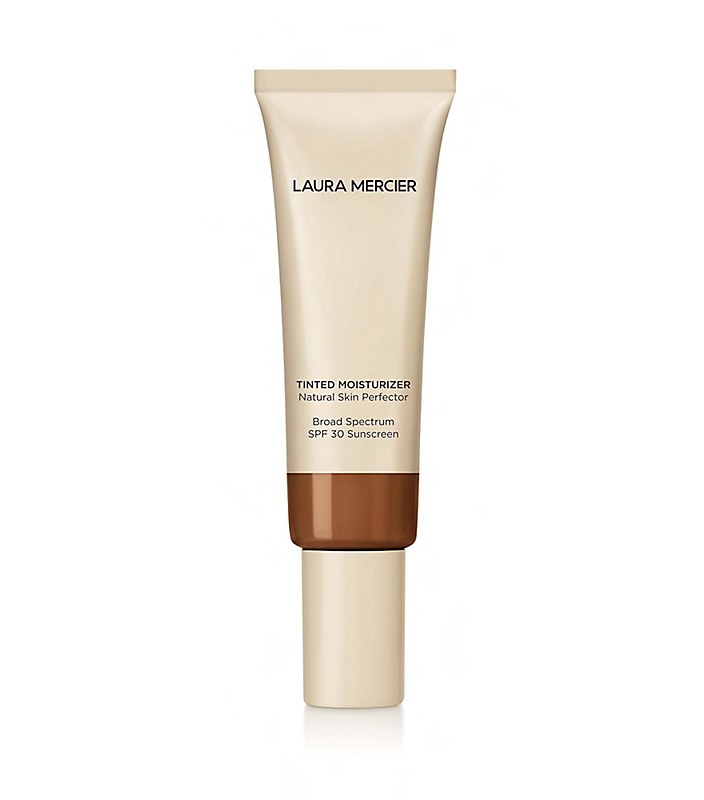
"When it comes to concealing the redness, I think it is better to go lighter than heavier. I think Laura Mercier's tinted moisturizer has great coverage," Eisdell says.
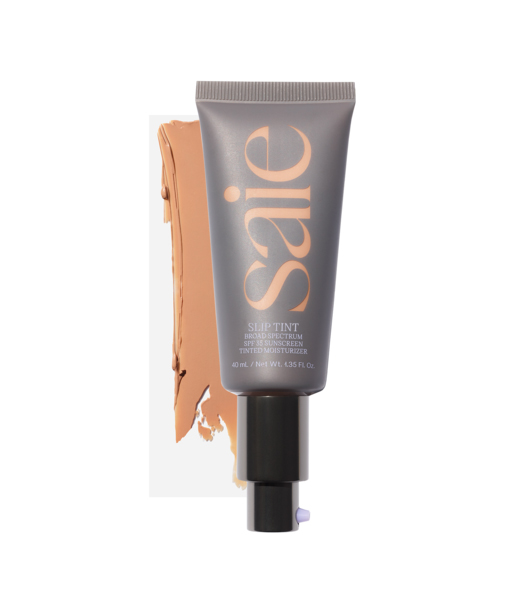
Eisdell also recommends this tinted moisturizer—it has broad-spectrum SPF 25 protection and leaves a dewy finish.
Primers
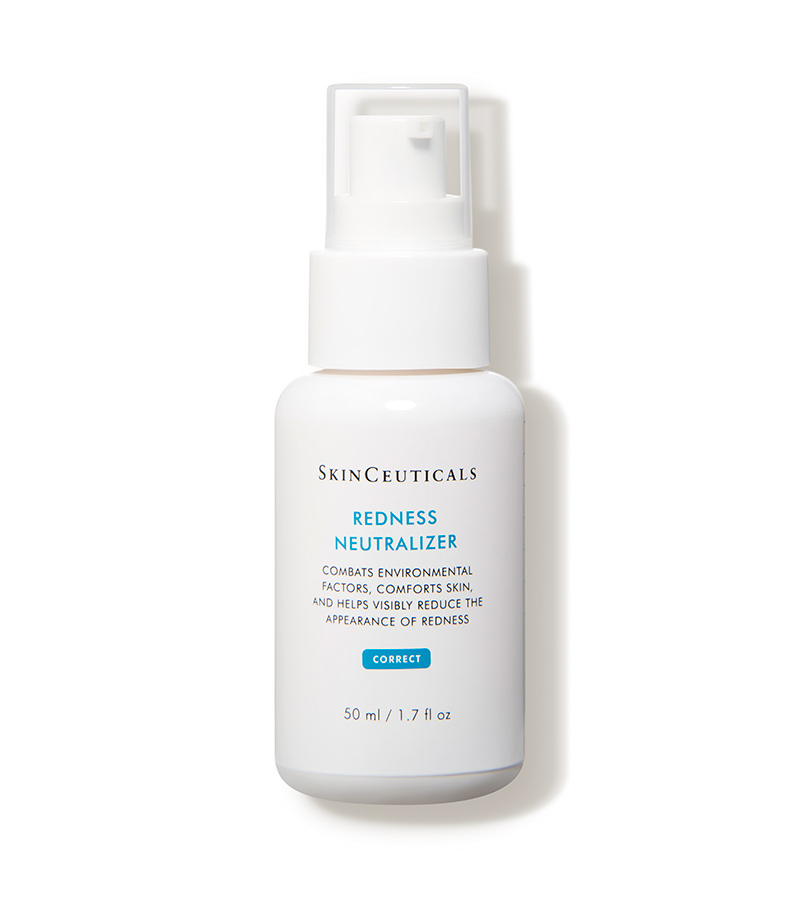
Aharon suggests using this product as a primer. "Apply skincare prior to primer and give it a minute to settle into the skin between the application of thin layers," she explains. "Using too much too quickly can lead to pilling of product under your foundation. Plus, you want to give each layer a chance to really do its thing."
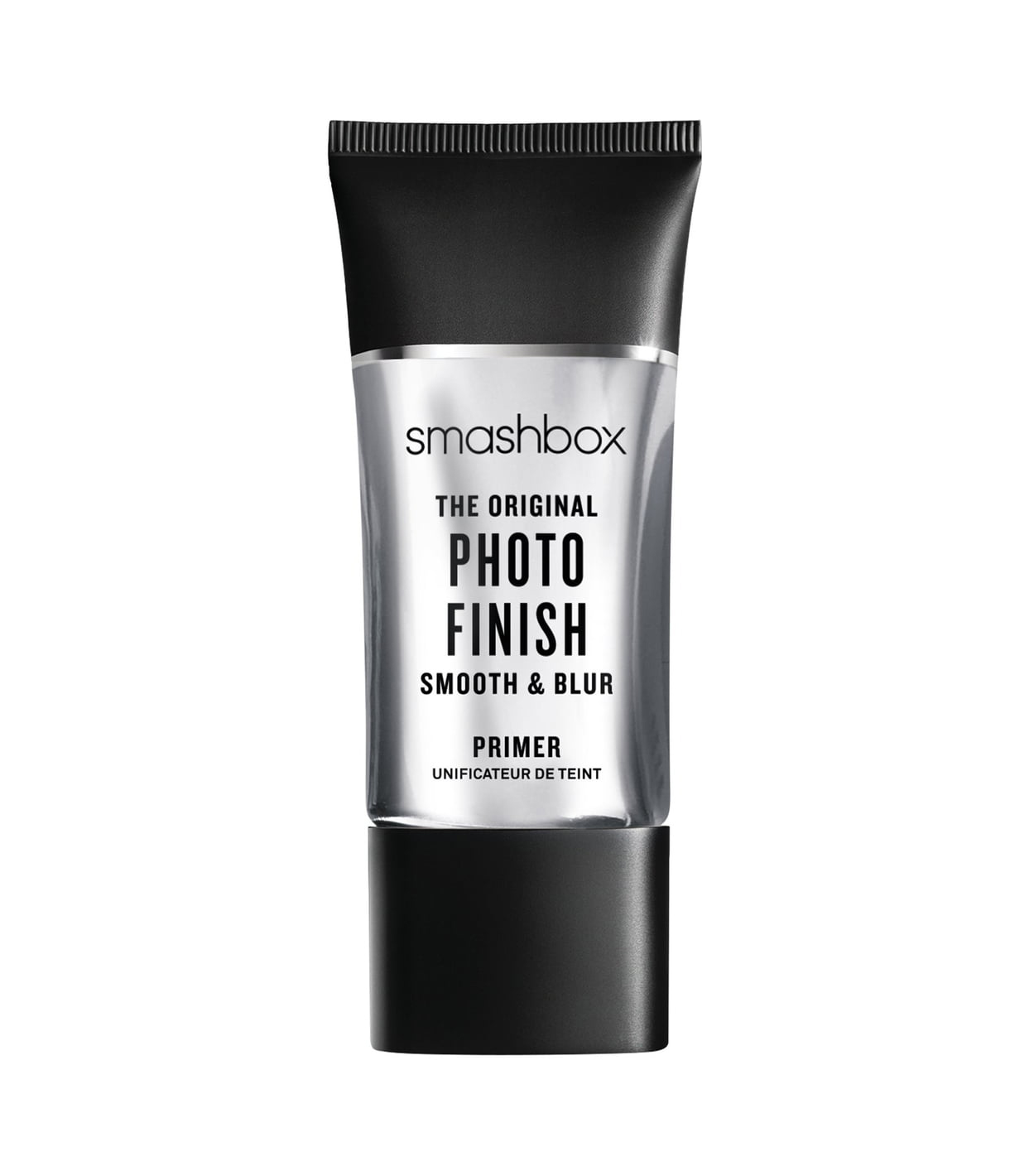
An Eisdell pick, this cult-favorite primer smooths and blurs blemishes. It has a gel-like consistency and melts into the skin so quickly.
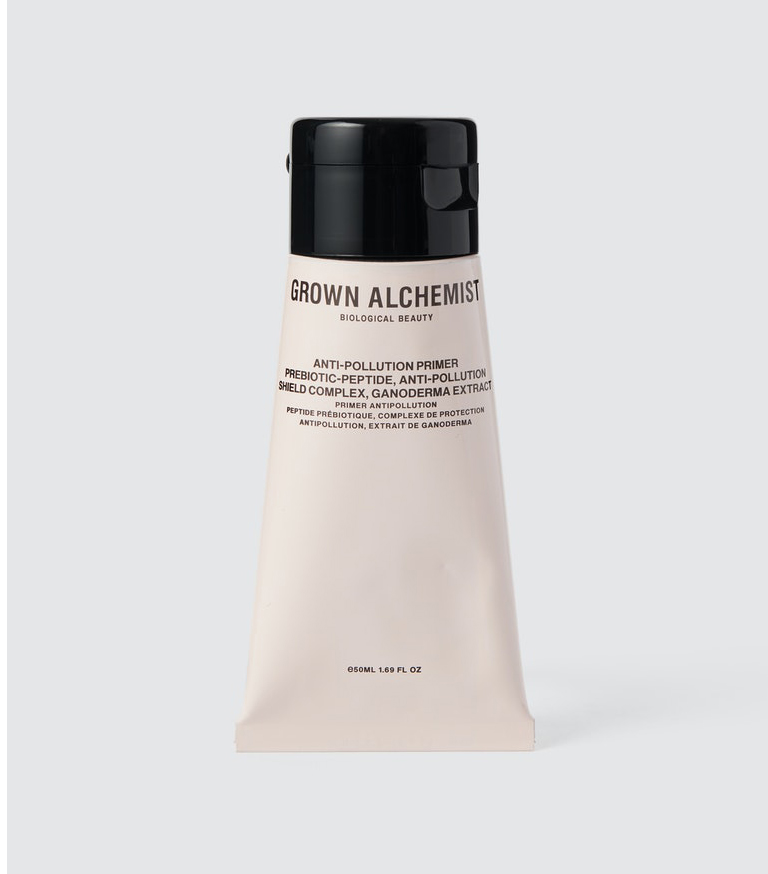
Aharon also likes this clean primer, which blurs wrinkles and pores and hydrates and strengthens the skin's barrier.
Color Correctors
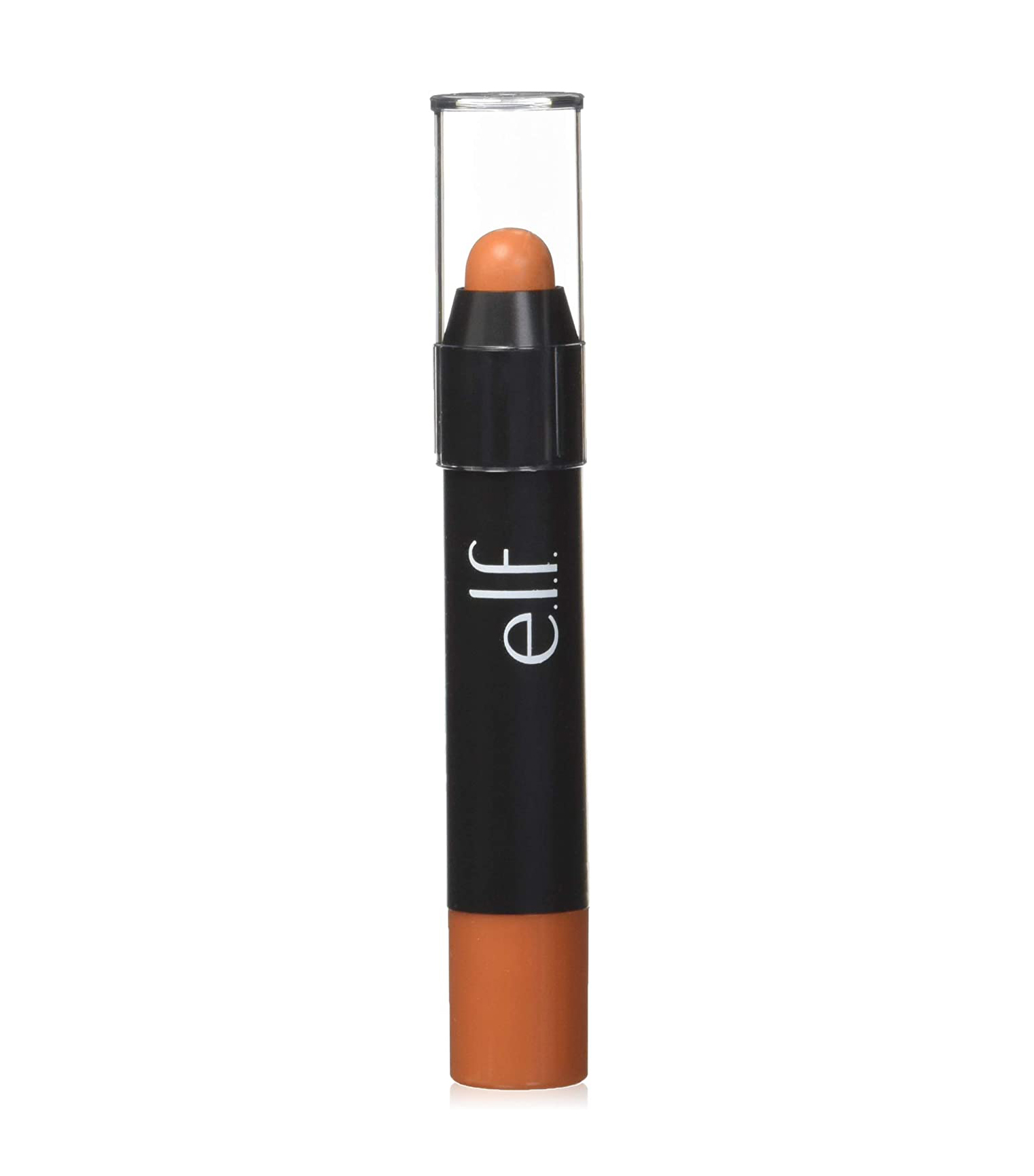
Eisdell recommends this creamy formula that works to target any color imperfections, including redness. At just $6, it's a drugstore favorite.
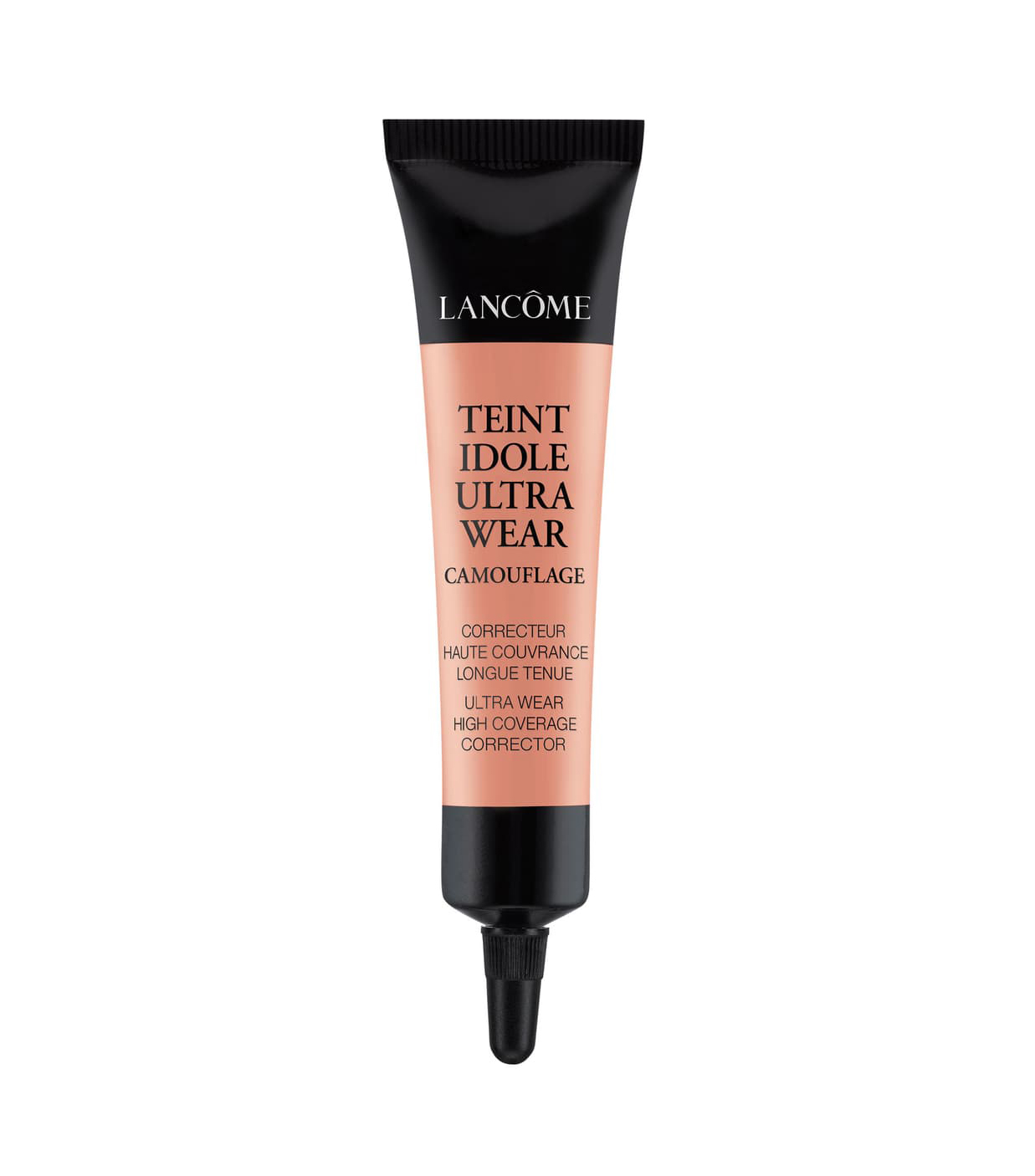
Eisdell says Lancôme's color corrector is another favorite. It's highly pigmented and provides full coverage, but you don't have to worry about it weighing you down.
Some Application Tips

Vary your coverage: Aharon has redness on and around her cheeks and temples, but instead of using foundation, which can irritate it more, she uses concealer in the areas she needs it the most and blends out. "Most people require variable coverage throughout the face but apply the same amount everywhere—big mistake. A foundation brush works well for patting and blending concealer without pulling on the skin," she explains.
Don't pile on product: It's tempting to keep layering on concealer or foundation, but that's how you get that cakiness. This is a common mistake Eisdell notices "They tend to put too much of a base on to the point where it looks like you are trying to cover something," she says.
Have different concealer shades: Cheng says using a concealer that actually matches your skintone will likely not offset the red, so you'll need a couple of shades.
Use your fingers or a Beautyblender: Eisdell says this will give you the smoothest and most even coverage.
Blend down your neck: "Often, redness will run down the neck and onto the ears, so make sure you diffuse all the way through," Cheng adds.
Reconsider green-tinted products: "There are a lot of green products out there that are marketed for redness, but I usually steer clear of those," Cheng says. "I'll usually go for a foundation that has more of an olive/yellow base that will help cancel out the redness without a gray cast."
Next up, I tried the so-called best redness-reducing products—here are my honest reviews.
Sarah is lifestyle writer and editor with over 10 years of experience covering health and wellness, interior design, food, beauty, and tech. Born and raised in Los Angeles, she attended New York University and lived in New York for 12 years before returning to L.A. in 2019. In addition to her work at Who What Wear, she held editor roles at Apartment Therapy, Real Simple, House Beautiful, Elle Decor, and The Bump (sister site of The Knot). She has a passion for health and wellness, but she especially loves writing about mental health. Her self-care routine consists of five things: a good workout, “me” time on the regular, an intriguing book/podcast/playlist to unwind after a long day, naps, and decorating her home.
